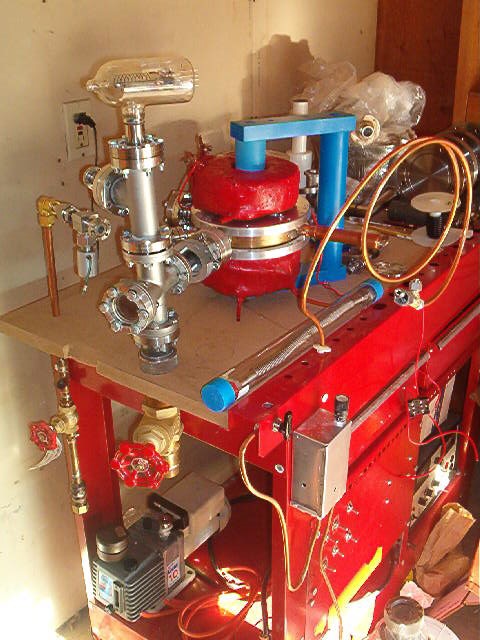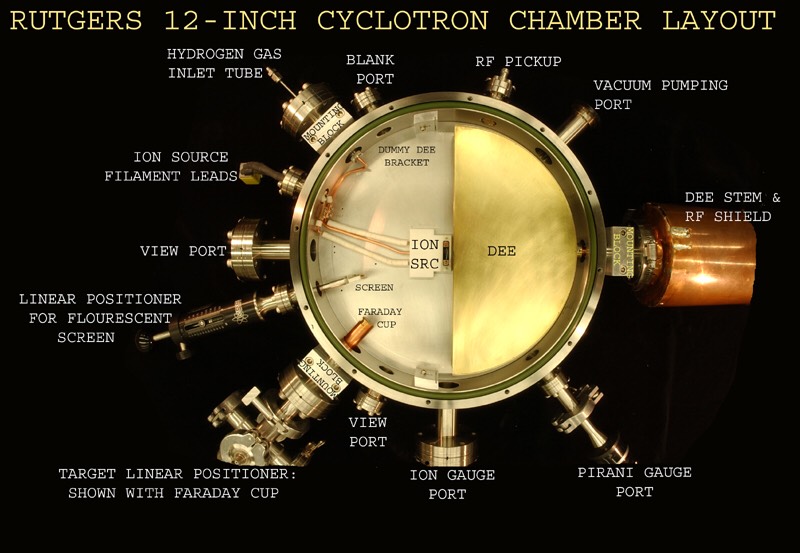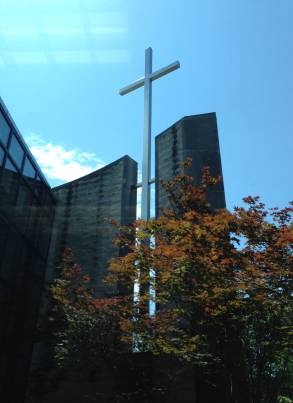Note: The project described below does require responsible and knowledgable supervision.
The following reflection was written by James Atwater.
I first got the idea to build a particle accelerator when I was watching a lecture being given by one of my favorite modern physicists, Dr. Michio Kaku. In his lecture, he talked about how, when he was in high school in San Francisco, he built his very own particle accelerator. After watching him speak about it, I wondered how hard it would be to build one myself. Upon doing some research on particle accelerators, I found that there were several types. I researched everything from linear accelerators to synchrotrons, and discovered that, if I were to attempt such a thing, the most reasonable breeds of particle accelerator to build would be either a linear accelerator or a cyclotron. I found that linear particle accelerators, although they might sound complex and intriguing, are not that interesting after all. All one must do to create a linear particle accelerator is take a cathode ray tube out of an old tv, make a path for the beam it creates equipped with some metal rings that are hooked up to an AC generator and you’re done, and in order to get beams of ions up to even partially significant speeds, the tube has to be several meters long. A cyclotron, however, I found is a much more efficient in producing high velocity beams of ions. At school I talked to Kyle Walker, my good friend and fellow member of the theoretical physics club at Rockhurst, about how realistic the possibility of a few high school students building a particle accelerator actually is. We did some research together, and were excited to find that this might actually be possible, and that if it did happen, Rockhurst High School would have the only particle accelerator in Kansas City.


Over the past 5 weeks, Kyle, myself, and a couple of other juniors have met during and after school for hours designing our cyclotron in the most efficient way possible. Recently, we finished our design, and after checking all of our calculations countless times, submitted our paper to Mr. Winkeler. If our calculations are correct, our cyclotron will create a beam of protons that will exit the chamber at a velocity of 1,903,000 meters per second.




Comments